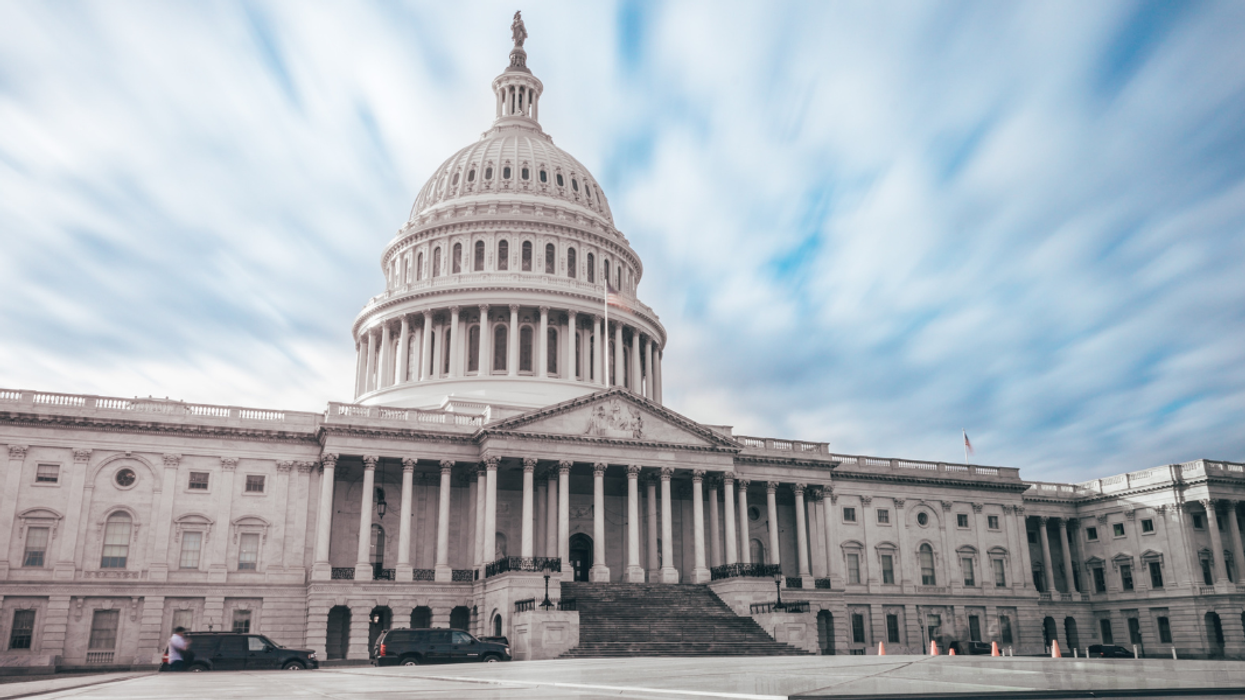The President of the United States should be competent, ethical, and full of vigor. This is obvious given the demands of the job. Yet former President Joe Biden, who’s 82 years old, didn’t run for reelection over concerns about his mental facilities. And current president Donald Trump, himself 78, actively tried to reverse the previous election.
Is this really the best we can do for America’s top job?
The presidency, however, isn’t the only problem. The median age in the Senate is 65 years old. The House of Representatives is packed with under-qualified social-media celebrities. And discontent with the judiciary is so bad that many want to impose term limits on federal judges. Indeed, a recent New York Times poll found that nearly 90 percent of Americans think the nation’s political system is broken.
There are, of course, many skillful public servants. And they quietly do important work every day. But far too many government officials shouldn't have the responsibility we've given them.
The American government’s people problem is driven by several factors. First, incumbents stick around far too long. Biden's long refusal to withdraw from the 2024 election may have cost Democrats the presidency. If Kamala Harris had campaigned for multiple years (like Trump did) instead of multiple months, she might have won. By the end of his term, moreover, Biden was far from the right person to occupy the Oval Office.
Ruth Bader Ginsberg likewise held onto her job too long. She could have resigned during Barack Obama’s first term when she was 80, and the Democrats controlled the Senate. She refused. And Trump later replaced Ginsberg with Amy Coney Barrett, who promptly joined a bare majority of justices and overturned Roe v. Wade. Justice Sonia Sotomayor, who is 70, likewise rejected calls to step aside while Biden was president.
In Congress, meanwhile, the median age in the House is 57 and, as noted, 65 in the Senate. Yet the median age in the country is 39. Being an incumbent carries a big advantage: you can keep your constituents happy with results from office. This dynamic populates Congress, with people who were first elected long ago. Nancy Pelosi has been in the House since 1987. Mitch McConnell has been in the Senate since 1984. Both are over 80 years old.
The second factor contributing to the government’s people problem is compensation. Most congresspeople make about $175,000 annually. Not too shabby. But compared to alternatives in the private sector, it’s too low, especially in locations where the cost of living is high. Federal judges, for their part, make about $250,000 to a little over $300,000 annually. This is a fraction of the alternative, where lawyers at large law firms make millions.
This comparatively low pay deters talented people from entering government. And it attracts both those who are so rich that pay doesn't matter ( about half the members of Congress are millionaires) and those without better-paying alternatives.
Finally, the biggest problem of all is political dysfunction. American government is overflowing with tribalism, rage, and irrationality. Every … single … day. Attention seekers, like Marjorie Taylor Greene, have great influence. While high-quality officials, like Liz Cheney, get run out of town. And smart, rational people don’t run in the first place.
The result of these three factors is a federal government increasingly unable to address our nation’s mounting public-policy failures—from a broken immigration system to deteriorating public schools, to excessive incarceration, to widespread drug overdoses, to startling economic inequality. The world is growing more complicated as Washington gets more dysfunctional. With a reality television star back in the presidency, these negative trends are only getting worse.
William Cooper is the author of How America Works … And Why It Doesn’t





















